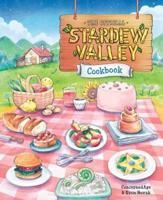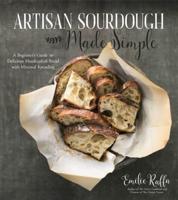Publisher's Synopsis
INTRODUCTION These recipes are the result of years of hard labor, personal risk, and great treachery. To get these recipes involved savage coercion and brutality. Once I almost killed a man just to learn the secret of his fondue. And now, for the first time ever, I literally drag these guarded treasures from their steel-lock boxes for your own pleasure and amusement. During my cruel retreat at Club Fed, I observed two main types of eaters. The first and smaller group is the prison gourmets. These folks take great pride in cooking. Their delicious banquet spreads are part of a larger cultural ritual. Ethnic groups, such as Latinos and Asians, often celebrate a rich culture of good food that is carried over into prison life. Here, it is a part of their regular social cohesion. To see this type of eater cooking is like watching a chef at work in a bistro. Producing a meal may take all afternoon and involve a small army of participants. They can be seen around the microwave stirring, taking a taste of this and adding a pinch of that. The result is extraordinary fare, but there are downsides. Prison gourmets do not settle for the usual commissary items, they use special channels to get special ingredients. Utilizing contacts across the compound, they come up with a full array of fresh meats, cheeses, vegetables and spices that others may have trouble getting. Their utensils and cookware are also contraband. Another downside, for the average schlub, is that this style of cooking takes a long time. The other common type of eater (the largest group) is the lazy uncreative fraternal type. These people just kick in whatever they have lying around and make a communal pile. The stuff is all blended together and doled out in bowls. The typical ingredients are roast beef, turkey log, canned chili, refried beans, cheese spread, and onions, all melted over chips. This nameless potluck comfort food is usually pretty good. But it, too, has downsides. It is easy for this style of cooking to become a big fiasco. It is never clear who contributed what, if anything, and who is suppose to cook or clean. Another problem is that people are not all hungry at the same time or for the same exact thing. The potluck method gets old, too. After all, it's just the same old ingredients reshuffled in differing volumes. Aside from these few small objections there is nothing particularly wrong with either type of eater. If either of these two scenarios appeals to you, then federal prison is your dream come true. On the other hand, if you are independent and self-sufficient with discriminating taste, this book was written for you. The overwhelming majority of ingredients described in this book are things that any federal inmate can legally purchase at their commissary. A few of the items may not be widely available; these are noted for your consideration. Each recipe here was personally prepared, often multiple times, in order to fine-tune every step. Details were recorded in a simple yet scientific way for your convenience. Finally, a panel of very tasteful and elite inmate critics sampled each dish and gave honest, almost caveman-like, opinions and suggestions. Only those recipes, which met broad favor, were included. Most of these items are very good; many are quick, economical and clever. I know that you will carry these tricks with you back into the free world. They will be fun to teach to your kids and use to impress your camping partners. I hope that you enjoy sampling these goodies as much as I did extorting them from others. Bon Appetit, Mad Dog









